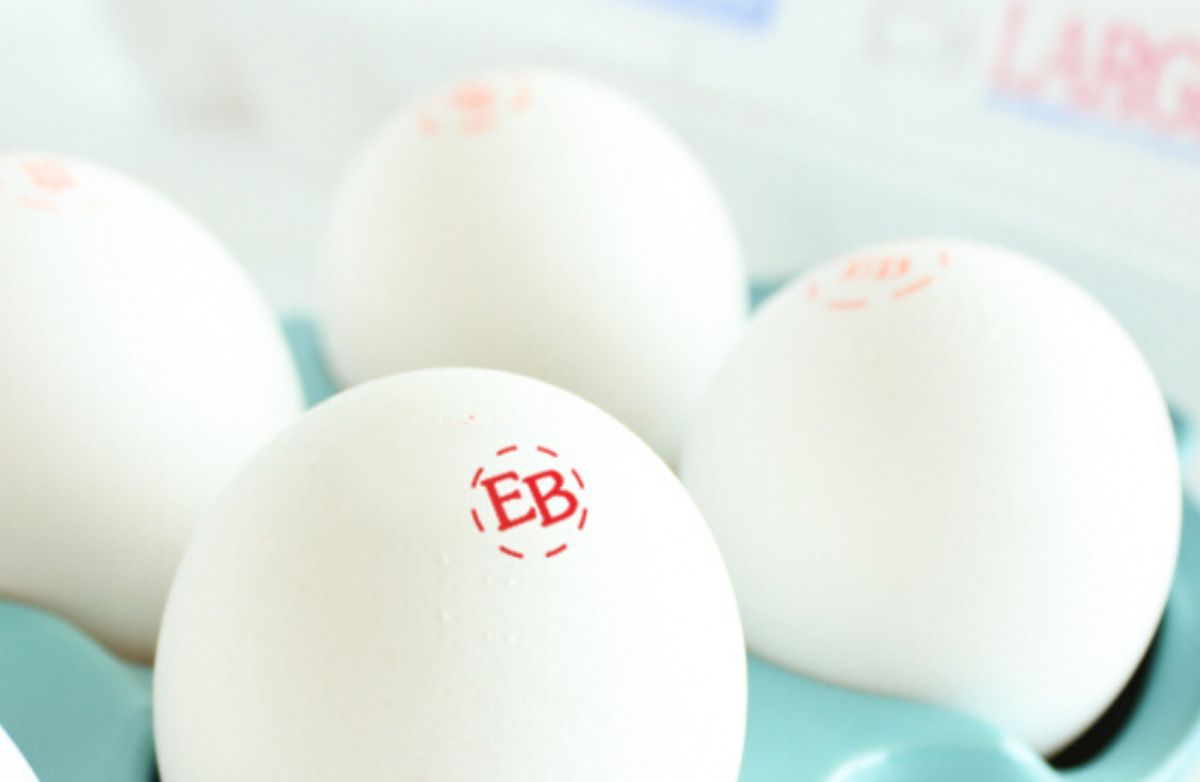|
When most people think about eggs, they think about the different ways they like to prepare and eat them—scrambled with cheese and veggies, An egg is just an egg, right? Well, yes and no. While all eggs have the same basic composition, some varieties, like Eggland’s Best® eggs, are nutritionally superior. In addition, there are several different types of eggs that offer their own unique qualities, appearances and characteristics. White vs. Brown EggsWhile most people think of eggs as white in color, they are sometimes found in different shades. White and brown are the most common egg colors seen at most grocery stores. The color is determined by the breed of the chicken that produced the egg, and Organic EggsTo produce organic eggs, the laying hens are fed all-organic feed, with no animal byproducts or antibiotics. Organic farms also follow higher standards for animal welfare. Cage-free EggsEggland’s Best offers Specialty EggsMost grocery stores and convenience stores offer eggs of various qualities. As a superior alternative to ordinary eggs, Eggland's Best offers higher nutritional content, less saturated fat and fewer calories. EB eggs contain 10 times more vitamin E, more than twice the amount of omega-3s, more than double the amount of vitamin B, and six times more vitamin D than ordinary eggs. Choosing Eggland’s eggs is an easy way to introduce more nutrition and freshness into family meals, whether you choose organic, cage-free or traditional forms. By understanding the main differences between eggs, you can make a more informed decision when shopping at your local grocery store and ensure that you bring home the right carton for you and your family. |
Different Types of Eggs: Which is Right for You?









